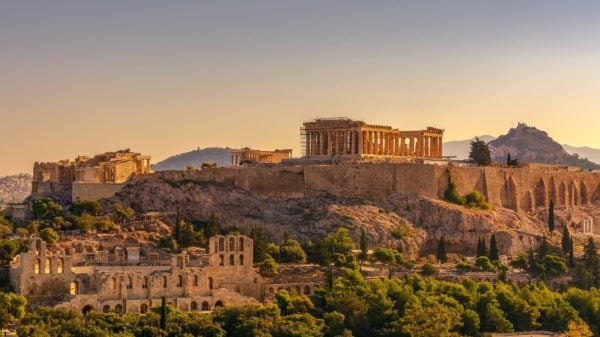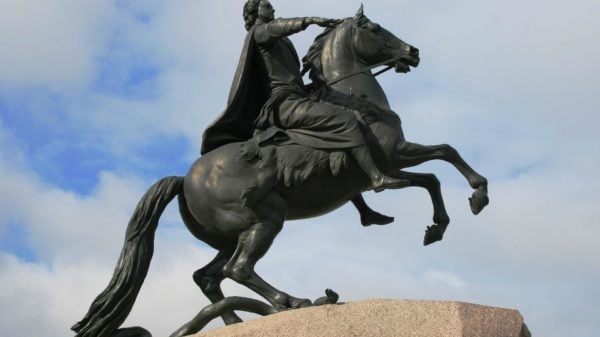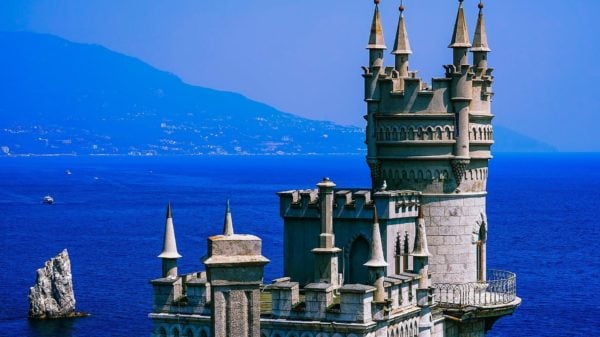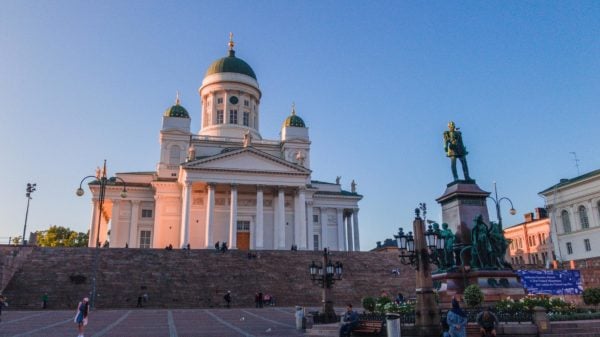Germany is known all over the world as a top tourist destination, but there is no denying that the Speyer Cathedral is one of its most iconic sites. As the name suggests, this prominent landmark is found in Speyer, Germany, and is considered one of the most important Romanesque buildings in the country. Construction for the landmark began under Konrad II in 1030 and the cathedral served as the burial place for German emperors for almost three centuries.
Universal Value
Aside from being one of the largest churches in the western world, the Speyer Cathedral is also a UNESCO World Heritage Site. It is historically recognized as one of the most significant influences of Romanesque architecture in Europe, especially with its triple-navel vaulted basilica. The Cathedral is said to be a self-portrayal of the imperial power that existed in the Salian period, which explains why it served as a burial site for rulers, from Konrad II to Albrecht of Habsburg in 1309.
After the destruction of the Abbey of Cluny, the Speyer Cathedral took its place as the largest Romanesque church in the world. In the late 17th century, it was damaged by a fire but was reconstructed from 1772 to 1778. The work was said to be almost an archaeological replica of the original structure, which marked a significant achievement in monument preservation in Europe.
Further additions were made to the Cathedral during the 18th and 19th century to extend the tower and its facades. Despite the many restorations and improvements that have occurred through the years, the landmark continues to be one of the greatest icons that capture the essence of Romanesque churches in Europe.
Speyer Cathedral has surpassed many architectural limits with its innovative construction and design. It resembles the layout of St. Michael of Hildesheim and uses a plan that was generally observed in the Rhineland. Aside from its triple-navel vaulted basilica, the crypt is another central design element in the Speyer Cathedral. It is said to be the largest Romanesque columned hall in any European church, and up until today, the crypt remains fully preserved. It is one of the highlights that tourists look for when visiting the landmark, especially with its rich history of being a burial place.
The Cathedral was added as a UNESCO World Heritage Site in 1981 after being recognized as a major Romanesque art monument in the German empire.
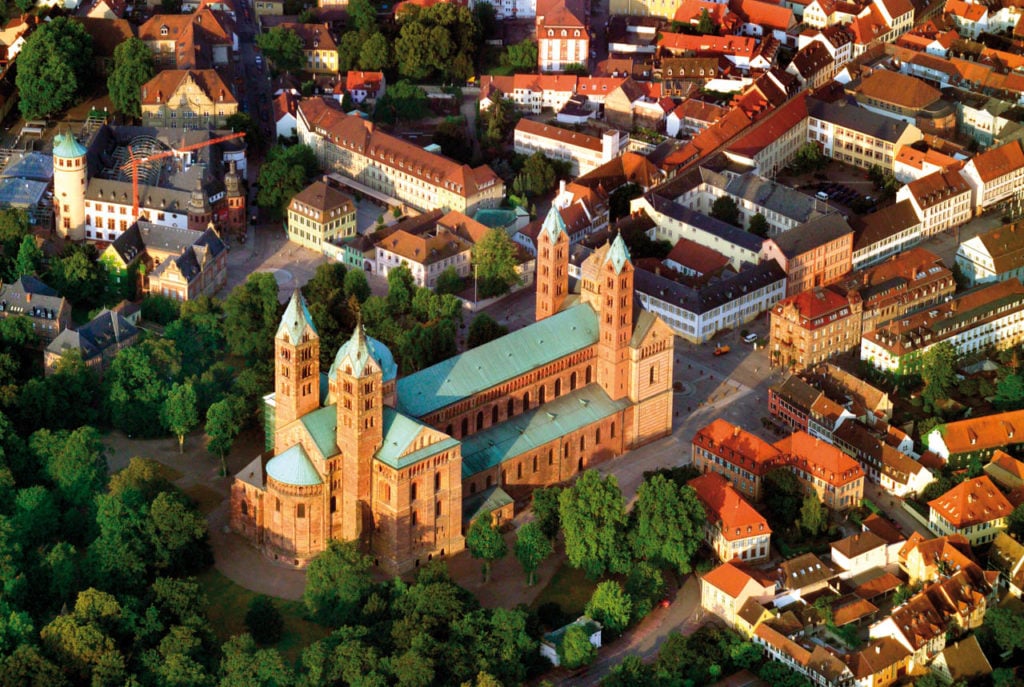
Germany is a diverse tourist attraction with multiple historical landmarks, and the Speyer Cathedral is no exception.
Visiting Speyer Cathedral
To visit the historical landmark, you can ride the train to Speyer and take a 15-minute walk towards the Cathedral. Visitors may enter the main part of the building for free but will have to pay an admission fee to see the Imperial Hall and climb one of the towers to stand on a viewing platform. However, the fee will certainly be worth it once you get to explore the cultural site and see just why it is dubbed as a universally valuable landmark.





